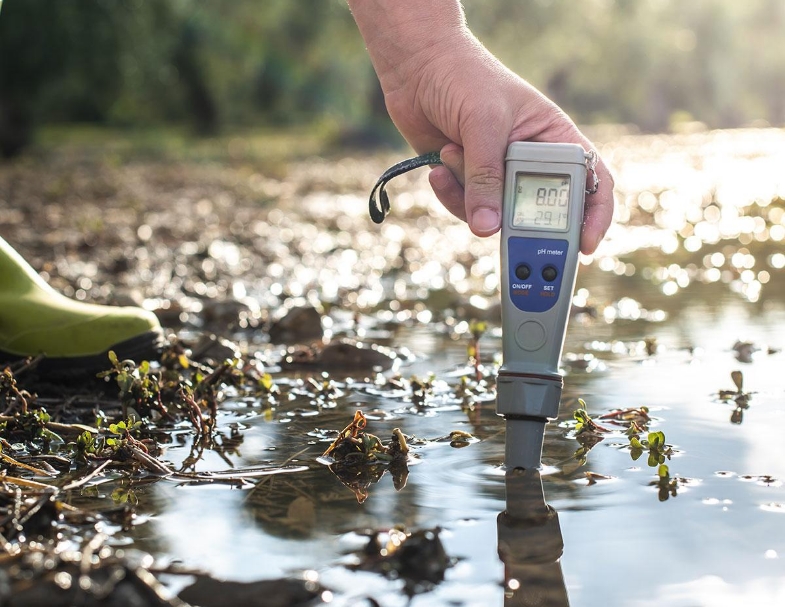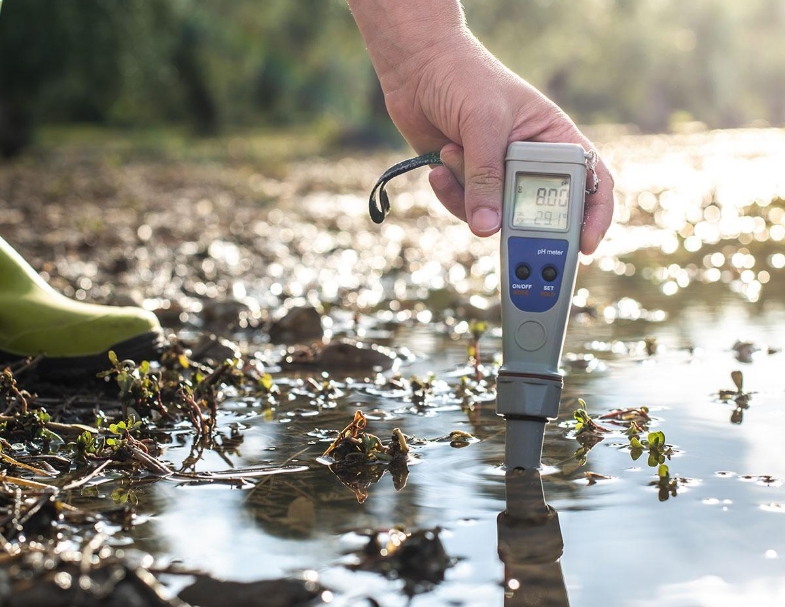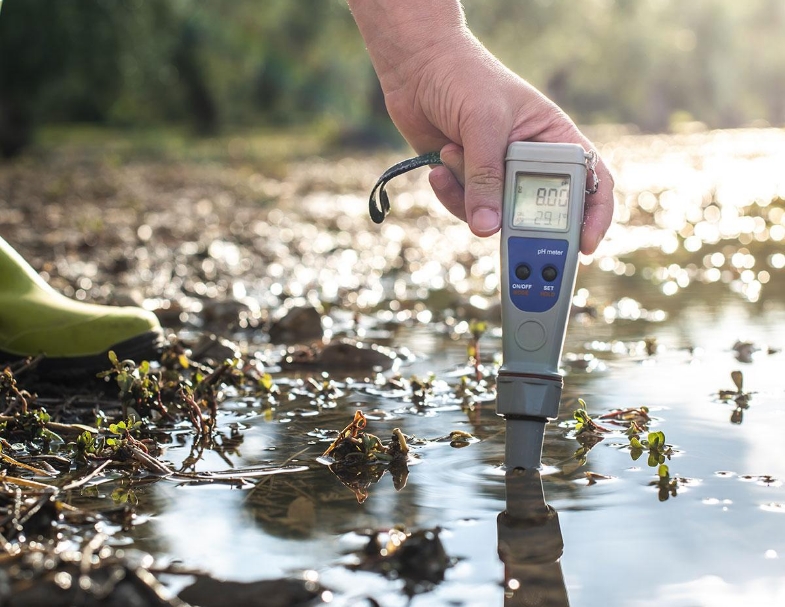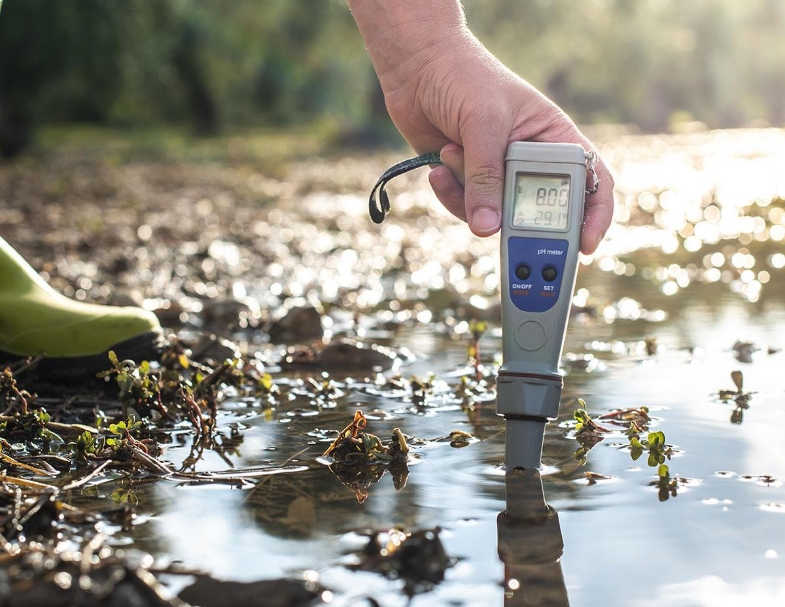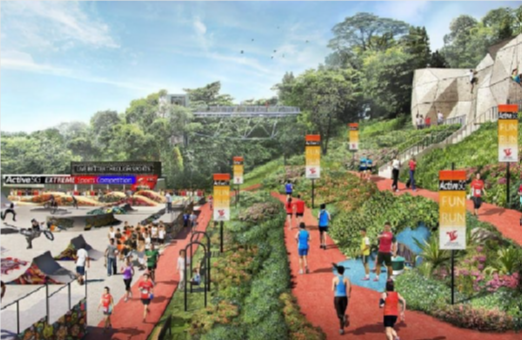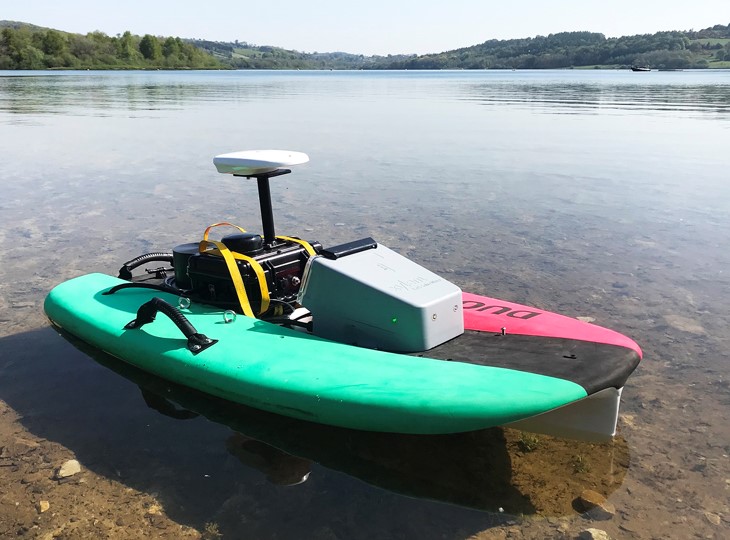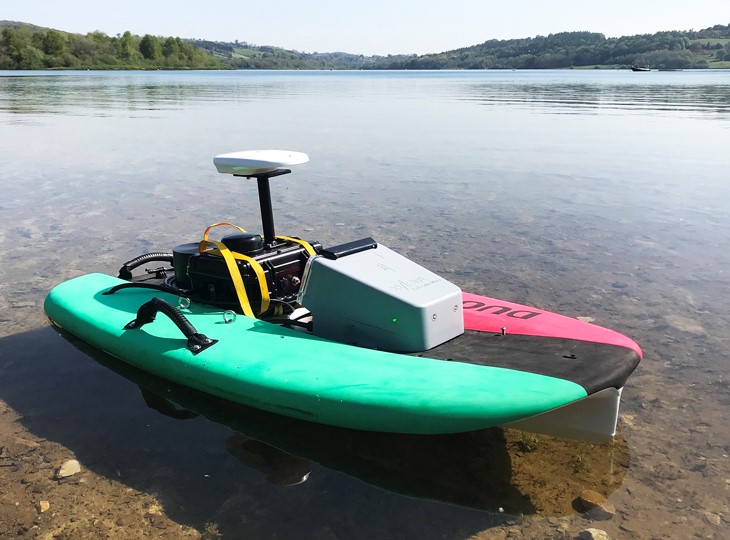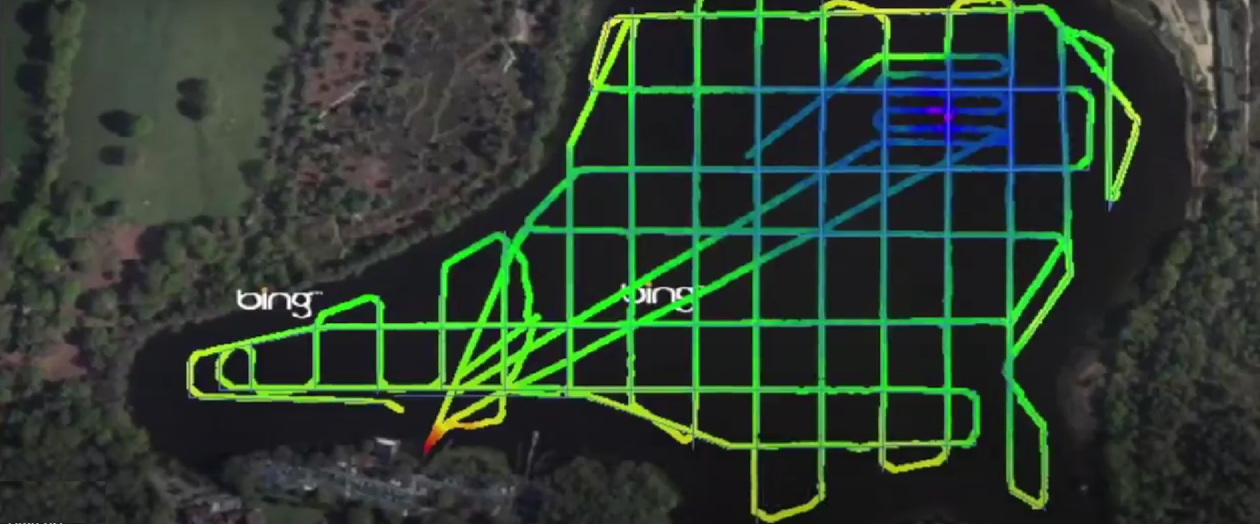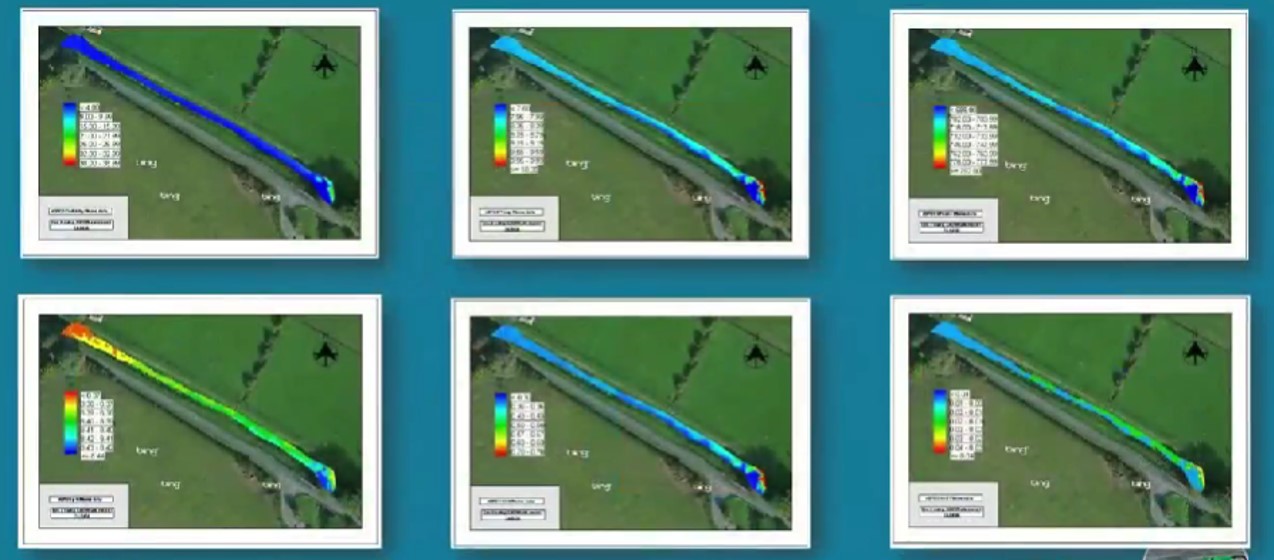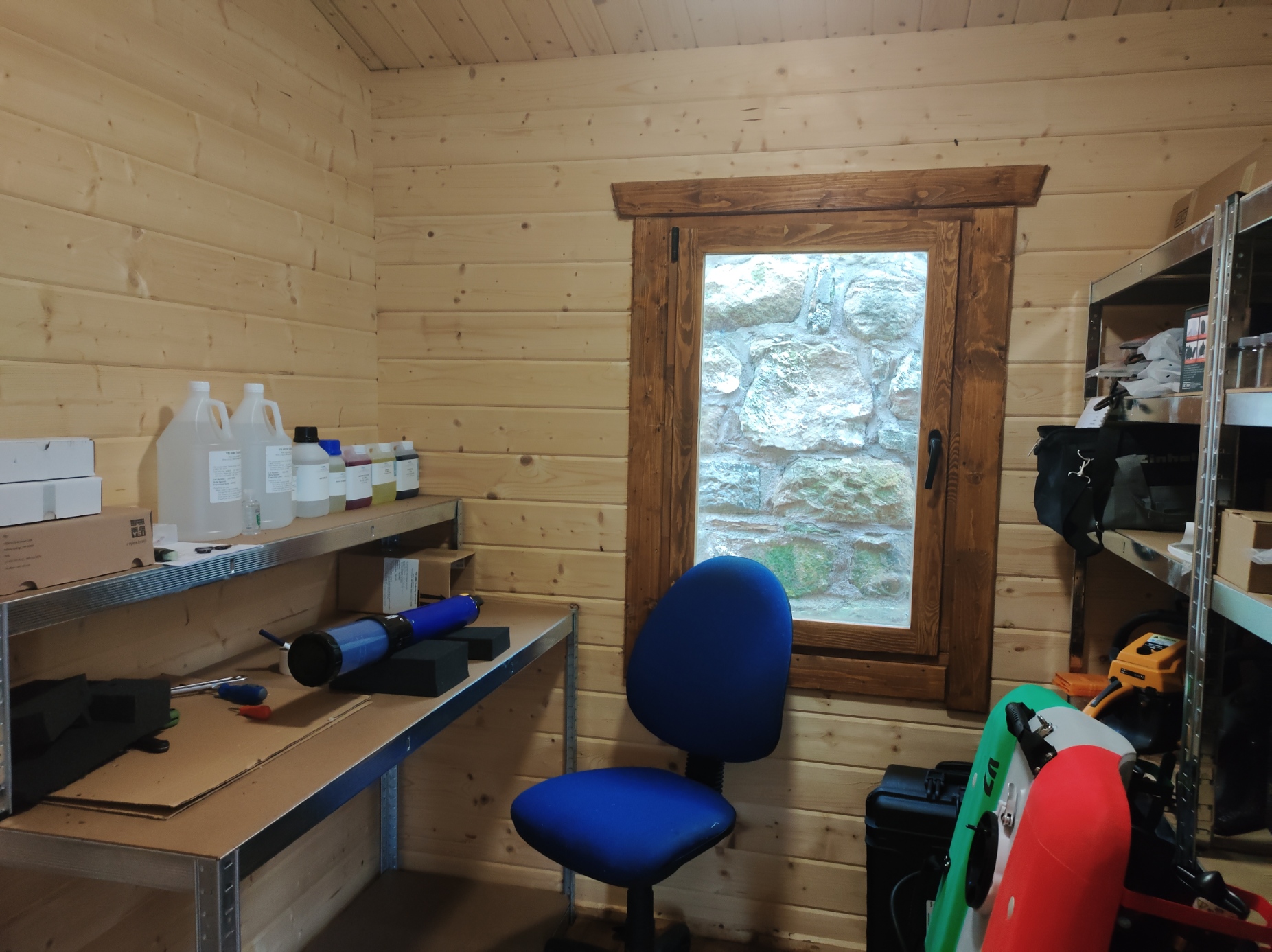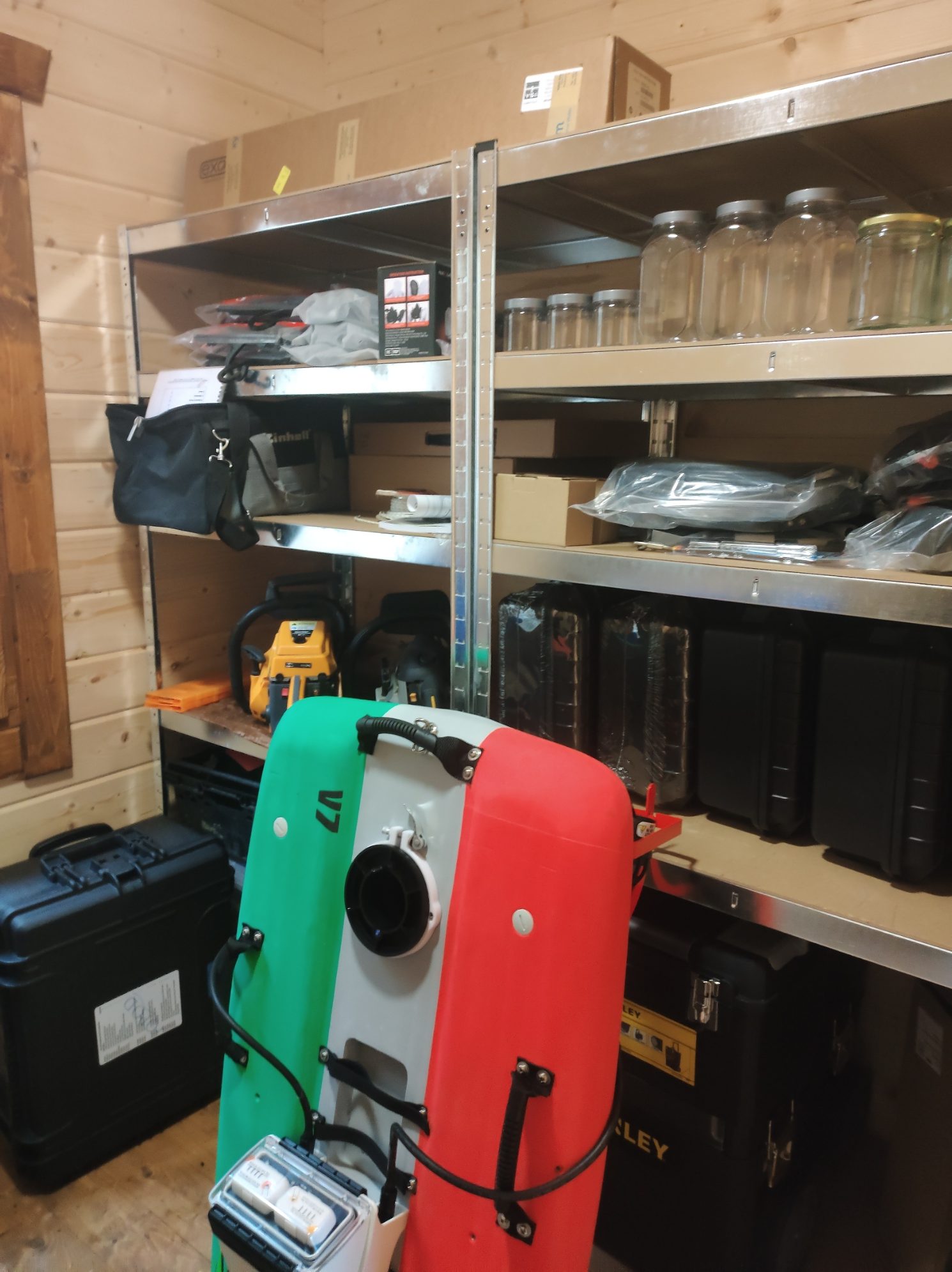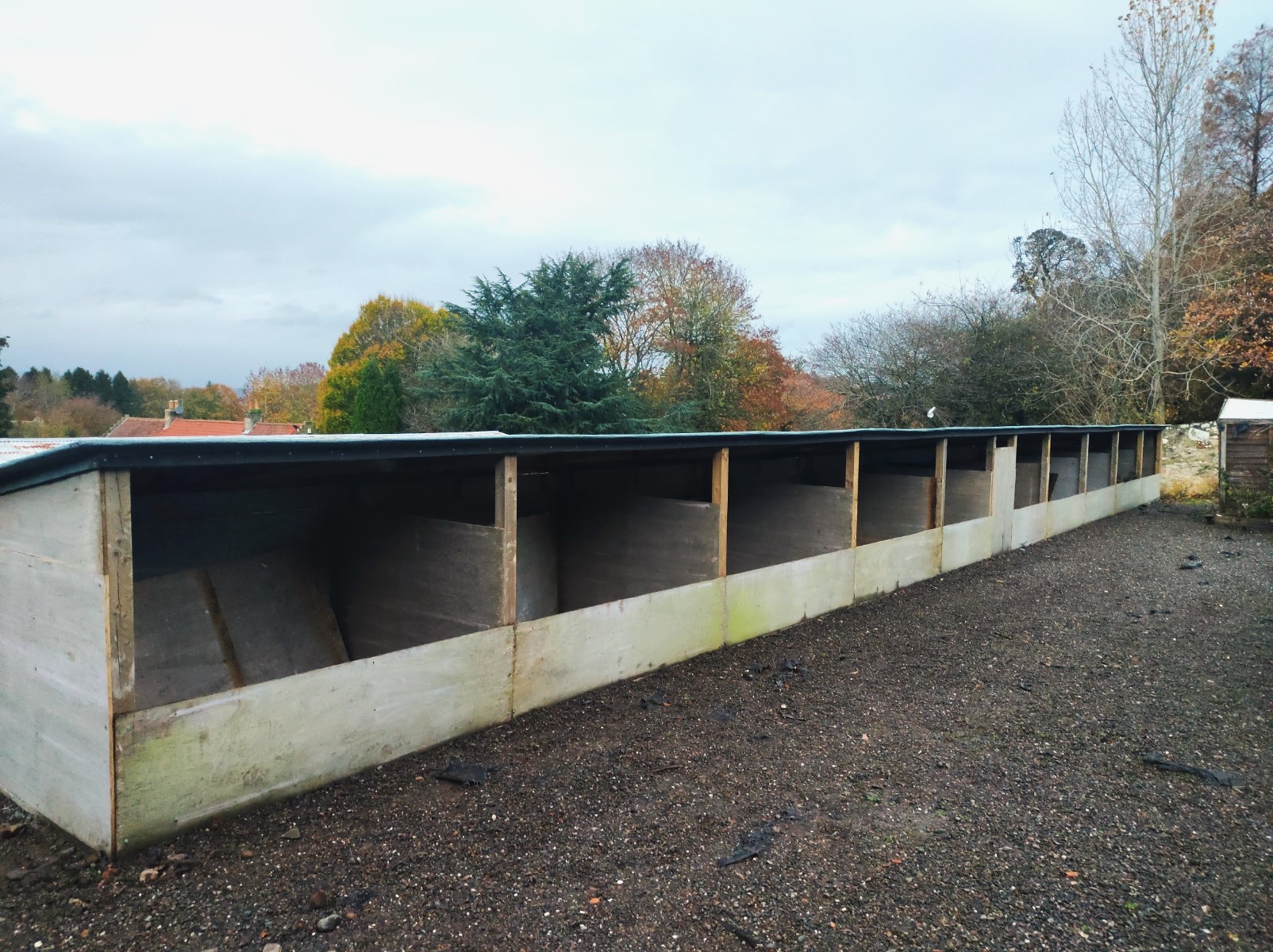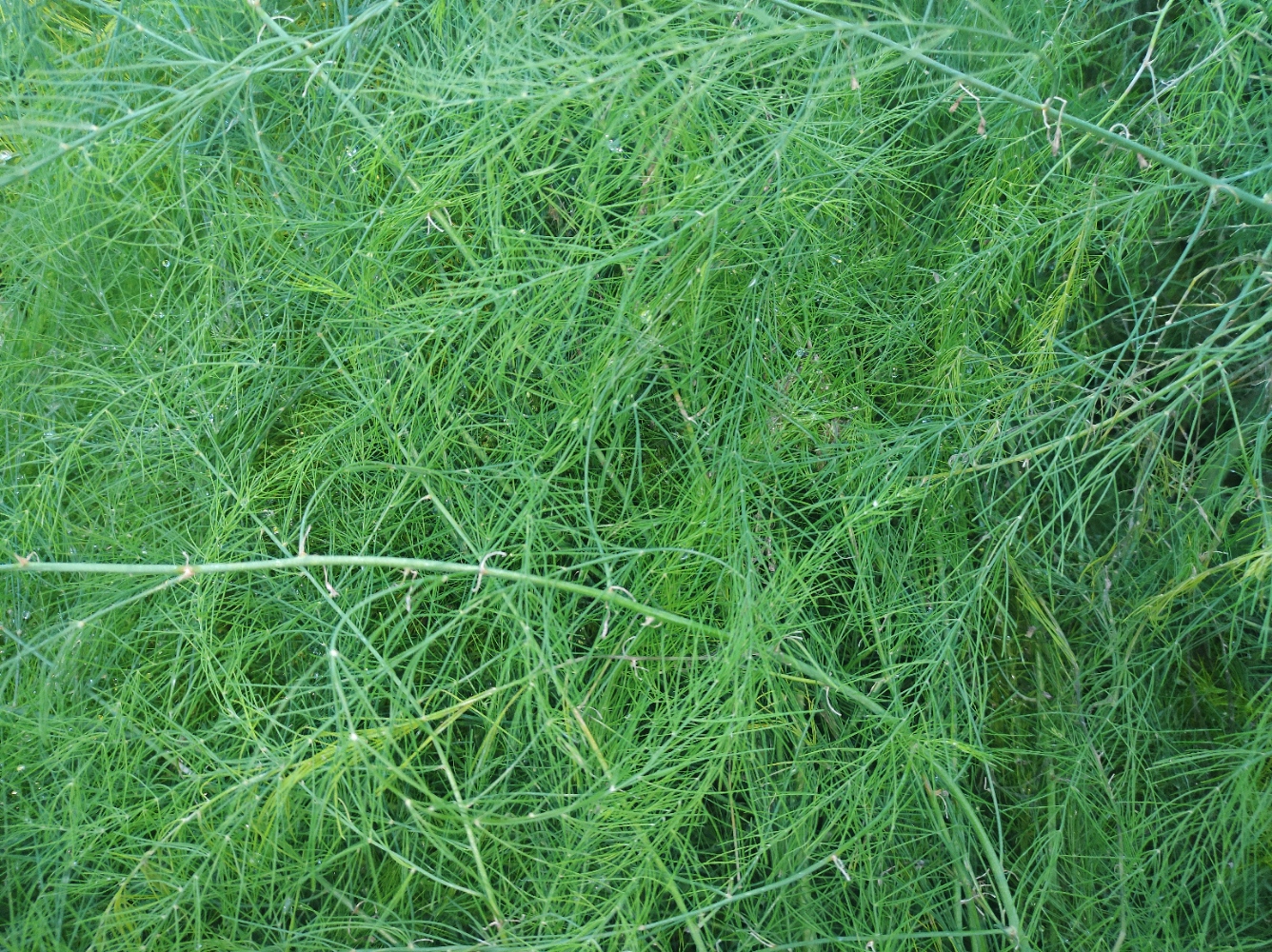The Potential Of Biochar
Using biochar in soil is only one of its many potential uses, as its characteristics can be optimised to help tackle a range of social, ecological, and environmental issues.
One problem we are aiming to solve is that of nutrient pollution, where fertilisers applied to agricultural land run off and pollute waterways leading to toxic algae blooms, which are harmful to humans and pets and severely damage the health and ecology of the water body.
With the help of our academic partners – the University of the Highlands and Islands, North Highland College (home to the Environmental Research Institute) – we are optimising our biochar to increase its ability to collect and remove these nutrients, whilst improving the water quality by filtering the algae and reducing particulates in the water.
The additional benefit is that the biochar can be collected and re-circulated, using it as a soil amendment within agriculture, helping to return the nutrients to the soil, restoring soil carbon, as well as increasing the soil fertility, crop yield and water retention. In our case, the biochar will aid our food growing projects, helping to increase the amount of fruit and vegetables we can donate to local services tackling food poverty.
Our research is strengthened by our PhD Studentship with the University of Strathclyde, focused on exploring the circular economy that we are creating around biochar, maximizing the benefits that can be achieved when optimising it for multiple uses and environments.
Through other academic and industrial partnerships, we are also exploring the potential for biochar to be used in several other key areas, such as:
- Removal of pharmaceuticals and other contaminants from wastewater
- Composting Accelerant
- Biochar concrete
- Gas filtration
- Use as a delivery mechanism
- Use as a feed additive for livestock
- Direct CO2 capture



